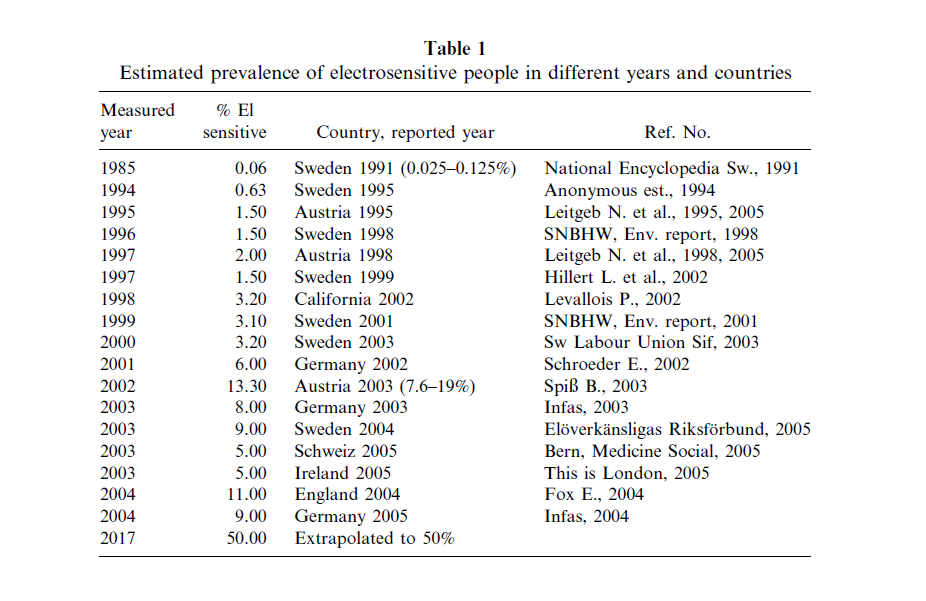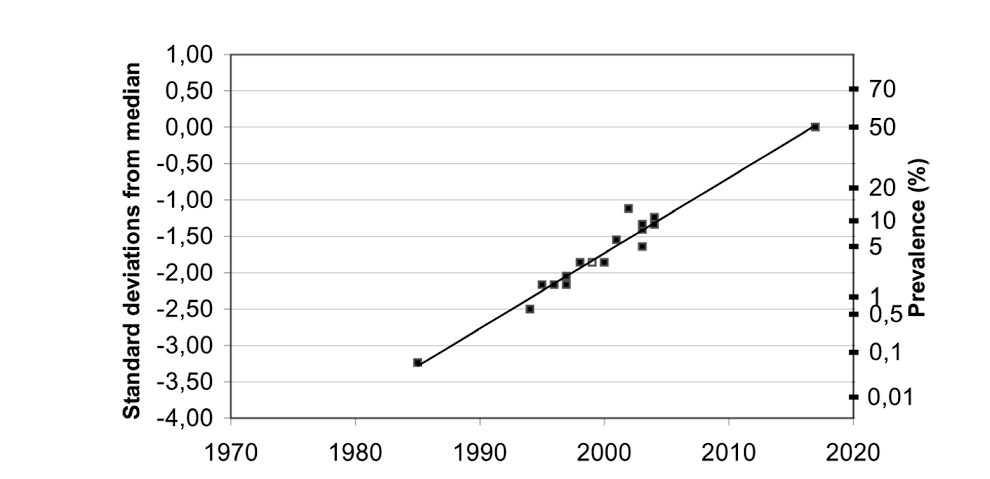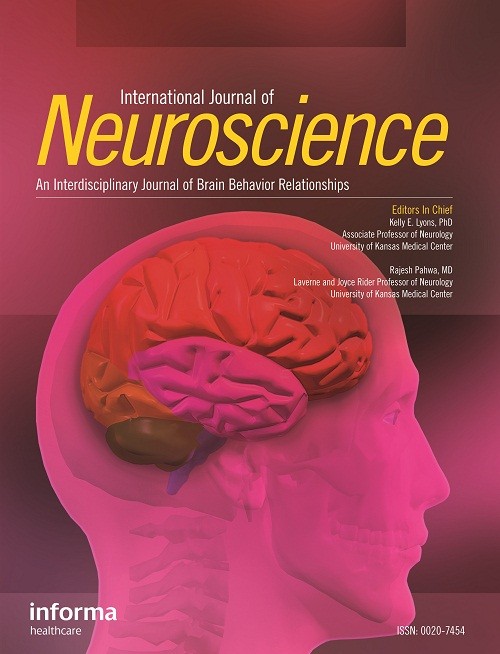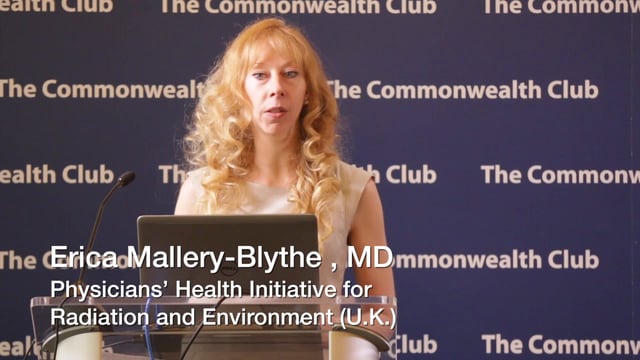Marine Richard : «Il faut créer des zones blanches» [Marine Richard : «Dobbiamo creare delle zone bianche»]
27 agosto 2015 – “La Depeche”, a cura di Paul Arnaud
[Articolo in Francese]
“La Santé près de chez vous – Électrosensibilité”

“Marine Richard a vu son hypersensibilité aux ondes électromagnétiques reconnue comme handicap par la justice. Elle en appelle à la création de zones blanches pour les électrosensibles.
Elle fait la Une de tous les médias de France mais refuse les photos et tient à rester discrète et tranquille, à l’abri des ondes, dans sa maison de pierres des Pyrénées ariégeoises. Elle ? Marine Richard qui se définit comme «une réfugiée environnementale», est devenue en quelques heures le porte-voix des électrosensibles après la décision du tribunal du contentieux de l’incapacité de Toulouse qui a reconnu comme handicap son syndrome d’hypersensibilité aux ondes électromagnétiques «dont la description des signes cliniques est irréfutable» (lire notre édition du 26 août). Un syndrome dont Marine Richard, ancienne journaliste et auteur dramatique, souffre de puis 2010. Elle milite dans de nombreuses associations engagées contre les ondes électromagnétiques.
Comment êtes-vous arrivée en Ariège ?
Je me considère comme une réfugiée environnementale. J’ai cherché pendant 1 an et demi, avant d’arriver en Ariège en 2012, un endroit protégé des ondes, où je puisse survivre sans souffrir physiquement.
Vous parlez de survie…
Le mot n’est pas trop fort étant donné les troubles physiques dont j’ai été affectée.
Comment cela se traduit-il ?
Il y a plusieurs types de symptômes. Les premiers sont des douleurs intracrâniennes extrêmement violentes qui peuvent aller de la sensation d’avoir une perceuse qui vous transperce le cerveau ou une sensation d’étau qui vous écrase la tête. Ce sont des douleurs insoutenables qui descendent aussi le long de la colonne vertébrale. Vous avez l’impression que votre tête va exploser. Viennent d’autres problèmes, cardiaques et neurologiques, qui affectent la concentration.
Ces symptômes peuvent-ils disparaître ?
Ces symptômes régressent quand on se trouve à l’abri des ondes. Des études scientifiques montrent que lorsqu’une personne sensible est exposée à des ondes, elle peut avoir une oxygénation cérébrale qui est à 30 % de la normale. Quand elle est à l’abri des ondes, son cerceau fonctionne normalement. ça rend la vie impossible. Le mot survie n’est pas trop fort.
Ce syndrome se soigne ?
La seule thérapie efficace est de se protéger des champs magnétiques. Il y a aussi des palliatifs qui permettent de supporter. Cela fait régresser les symptômes mais ne soigne pas la maladie qui est environnementale.
Votre victoire devant le tribunal va-t-elle faire jurisprudence ?
Il n’y a aucune raison que cela ne le fasse pas. Au-delà de mon cas personnel, il y a des milliers de personnes qui sont dans un état de souffrance intolérable. Cette première victoire va servir d’autres contentieux en cours contre des maisons du handicap ailleurs en France.
Peut-elle faire évoluer la réglementation ?
C’est compliqué de répondre. Le problème aujourd’hui est que les instances décisionnaires sont conseillées par les lobbys. À termes, il est inéluctable que l’état créé des zones protégées pour que certaines personnes atteintes de pathologies comme l’électrosensibilité puissent survivre. Je viens de recevoir le message d’un proche d’une personne qui s’est suicidée car elle ne tolérait plus sa souffrance physique et ne trouvait pas d’endroit où se réfugier.
Selon vous, il faut créer des «réserves» sans ondes ?
Malheureusement, oui. C’est intolérable de dire une chose pareille car on affirme qu’il faut exclure ces gens mais ils sont déjà exclus et ils souffrent physiquement. Il y a urgence à créer des zones blanches, protégées des champs électromagnétiques où des personnes trop affectées peuvent survivre en attendant que la société évolue et qu’on impose aux opérateurs d’abaisser les seuils de pollution. Et ça, c’est une volonté politique qui ne dépend pas de gens comme moi.
Marine Richard a écrit un livre présenté comme « un thriller rocambolesque. » « Sans mobile », Marine Richard, Le Square éditeur.







